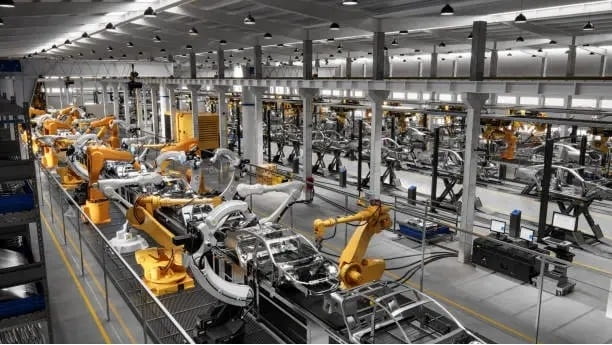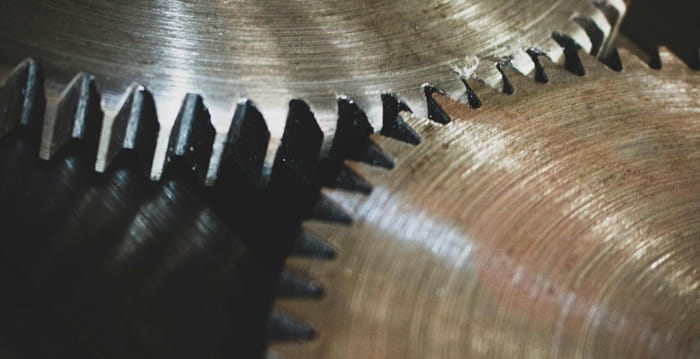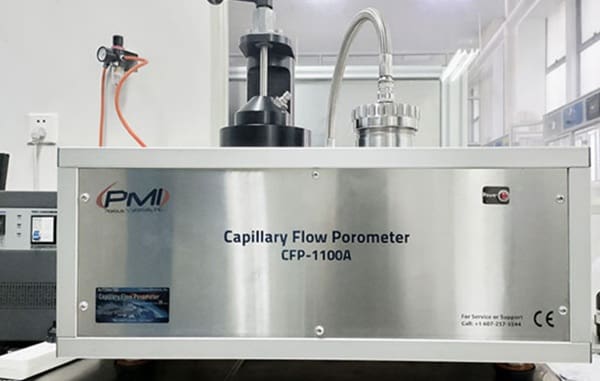Today’s market demands flexibility. Small and medium-sized businesses (SMBs) face pressure to handle smaller batches, diverse product mixes, and faster turnarounds.
Yet, relying on traditional large-scale thermal processes often creates bottlenecks. These methods bring high costs, slow changeovers, and quality inconsistencies for smaller orders. This inflexibility can mean losing valuable opportunities.

Imagine if a technology could directly solve these challenges. That’s where induction heating comes in. It’s a powerful tool uniquely suited to enable truly flexible manufacturing, helping SMBs become more agile and competitive. Discover its transformative power.
Why Induction Heating is Inherently Flexible
Flexibility isn’t just an add-on for induction heating; it’s woven into the core of the technology. Traditional thermal processes often struggle with the quick shifts modern SMB manufacturing demands.
Induction heating, however, excels here. Its fundamental design makes it a natural fit for producing small batches, diverse product lines, and fast turnarounds efficiently. Let’s break down the key attributes driving this inherent agility.
Instant Control Equals Instant Savings
Induction systems deliver heat exactly when you need it. You switch them on instantly for immediate processing power. When the job finishes, you switch them off completely. This eliminates the massive energy waste of keeping a large furnace idling at temperature for hours or days.
Crucially, it also removes long warm-up times. Forget waiting for ovens to reach operating temperature. This instant readiness makes induction perfect for just-in-time production. You can process smaller batches economically as orders arrive, without delay or excessive energy cost.
Precision Without the Learning Curve
Achieving consistent results shouldn’t rely on a veteran operator’s skill. Induction heating solves this challenge through digital precision. Advanced controls let you set the exact power level, heating time, and target temperature for each job. The system implements these settings with perfect consistency on every cycle.
Sensors monitor and adjust power in real-time to hold the precise temperature needed. This high level of control ensures every part meets specifications, regardless of who runs the machine.
The result? Dramatically reduced scrap rates, less costly rework, and reliable quality you can count on shift after shift. Faulty batches become rare.
Heat Precisely Where Needed
Why waste energy heating an entire part when only a specific area needs treatment? Induction heating directs energy with laser-like focus. The electromagnetic field heats only the precise zone you target–a gear tooth’s surface, a braze joint, or a pipe seam.
This targeted approach brings multiple wins. First, it’s incredibly energy-efficient; you only pay to heat what’s necessary. Second, cycles are significantly faster since you aren’t waiting for bulk heat to soak in.
Third, because surrounding areas stay cooler, you get much less part distortion or damage. Finally, downstream processes like machining or assembly become simpler and faster because the rest of the part remains unaffected.
Modular Tooling: The Changeover Revolution
Here’s where flexibility truly shines. Like swapping tools on a CNC machine, induction systems use quick-change coils and fixtures. Dedicated coils for each part geometry store alongside digital recipes.
Changeovers become simple physical swaps and program recalls—often in minutes, not hours. Suddenly, one machine handles a wide family of parts. This modularity eliminates dedicated lines for every product variant.
In short, induction heating turns flexibility from a wish into your daily reality. But how does this translate to actual shop floors? Let’s examine real-world cases where SMBs harnessed these advantages to conquer production challenges.
Real-World Applications: Use Cases for Flexibility
The inherent flexibility of induction heating delivers real results on the shop floor. It solves critical production challenges for SMBs across different industries. Let’s see how three companies turned flexibility into a competitive advantage.
Case Study 1: Induction Hardening for a Gear Shop

A gear maker faced challenges when hardening multiple gear types in small batches. Traditional furnace hardening was slow and wasteful for their needs.
Their solution? One induction hardening machine equipped with dedicated coils for each gear design. Each coil has a saved digital recipe. Now, changing from one gear type to another involves a simple physical coil swap and instantly recalling the correct program. This reduced changeover duration from multiple hours to just minutes.
The result? Profitable production of small, diverse gear batches with consistent quality became routine.
Case Study 2: Induction Brazing for a Tool Manufacturer
A manufacturer of various hand tools faced difficulties brazing components across different product lines. Traditional methods caused uneven heating, distortion, or required complex setups for each tool.
They implemented induction brazing. Its precise, localized heat delivers clean joints exactly where needed, minimizing heat spread and distortion. Crucially, adapting the machine for a different tool often requires only minor repositioning of the part fixture–no major hardware overhaul.
This allows them to run diverse brazing jobs on the same machine quickly, maintaining high quality without dedicated lines for each product.
Case Study 3: Induction Melting for Precious Metal Recyclers
A precious metal recycler needed to melt small, varied charges of gold, silver, and other metals frequently. Large furnaces were inefficient and caused contamination concerns between melts.
Their answer was a benchtop induction melt furnace. Its rapid heating cycles bring small charges to melt point quickly. The metal switching process involves just three simple actions: replacing the crucible, cleaning the work area, and loading the new batch.
This enables swift switching between different metal types with minimal downtime and dramatically reduced cross-contamination risk. Handling small, varied lots profitably became feasible.
These examples show how induction heating unlocks new levels of agility. Convinced it could solve your bottlenecks? The next step is mastering its proper application. Let’s explore a practical guide to getting started with flexible induction heating.
A Practical Guide for SMBs: Getting Started
Adopting a new technology can feel daunting. But with a clear and practical approach, integrating induction heating into your operations can be a smooth and rewarding process. This step-by-step guide helps you navigate the journey from initial consideration to successful implementation, minimizing risk and maximizing your return on investment.
Step 1: Assess Your Needs Thoroughly
Begin by looking closely at your current production challenges. Ask the right questions to define your requirements clearly. What specific materials will you be processing? What are the geometries of your parts—are they small, large, complex, or simple?
What is your required throughput or cycle time? Finally, what are your non-negotiable quality specifications, such as hardness depth or braze joint integrity?
Answering these questions creates a solid foundation. It ensures the technology you choose aligns perfectly with your business goals from the very start.
Step 2: Evaluate the Total Cost of Ownership (TCO)
Look beyond the initial equipment price tag. A smarter approach is to frame the investment around the comprehensive savings it generates.
Unlike ovens that run non-stop, induction heating offers huge energy savings. It often requires less operator intervention, lowering labor costs. Its smaller size requires less valuable factory floor space.
Most importantly, improved process consistency leads to a higher yield of good parts and fewer costly rejects. Additionally, consider the new business opportunities it unlocks—like profitably accepting smaller, specialized orders you had to turn down before.
Adding these savings together often reveals a compelling and faster-than-expected return on investment.
Step 3: Choose the Right Technology Partner
Your supplier should be much more than just a hardware vendor. The right partner is critical for long-term success. Prioritize companies that offer robust, hands-on application engineering support. They should help you design custom coils and fixtures tailored to your unique parts.
Comprehensive operator and maintenance training is also essential to ensure your team feels confident and can use the new system effectively from day one. A partner invested in your success will provide ongoing support and help you troubleshoot, ensuring you get the most out of your equipment for years to come.
Step 4: Launch with a Focused Pilot Project
Beginning with a limited scope offers the most effective path to demonstrate benefits and establish trust. Identify one specific, nagging production bottleneck—a part that causes delays, high scrap, or quality issues. Implement induction heating as a targeted solution for this single application.
A pilot project allows you to demonstrate a clear return on investment in a controlled, low-risk environment. It becomes a powerful showcase you can use to gain internal support for a broader rollout across other areas of your production floor. Success with one application paves the way for wider adoption.
By following this structured approach, you transform a capital investment into a strategic advantage. You now stand prepared to embark on this transformative journey. The future of flexible, efficient manufacturing is within your reach.
Conclusion
Flexible manufacturing is now achievable for SMBs. Induction heating delivers this agility profitably, moving beyond traditional thermal limits. Crucially, it’s a strategic investment—boosting competitiveness and resilience. Adopting it positions your business to win specialized, high-margin work and thrive in dynamic markets.

